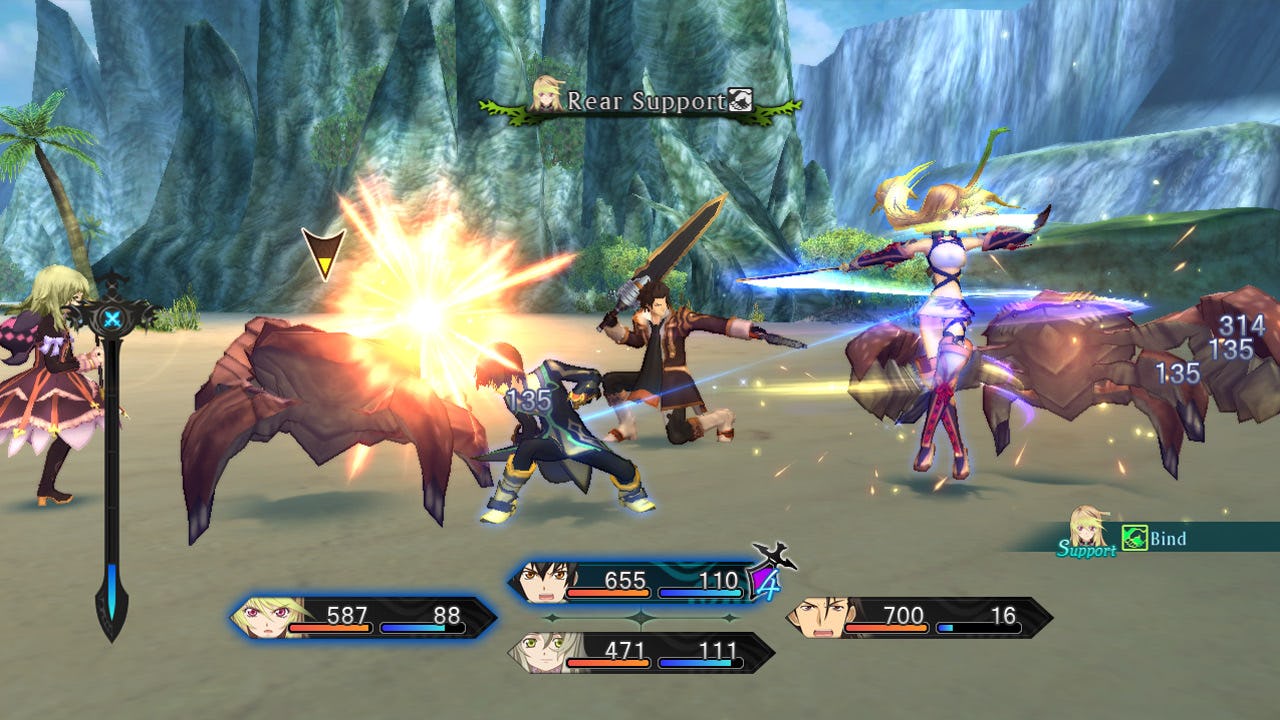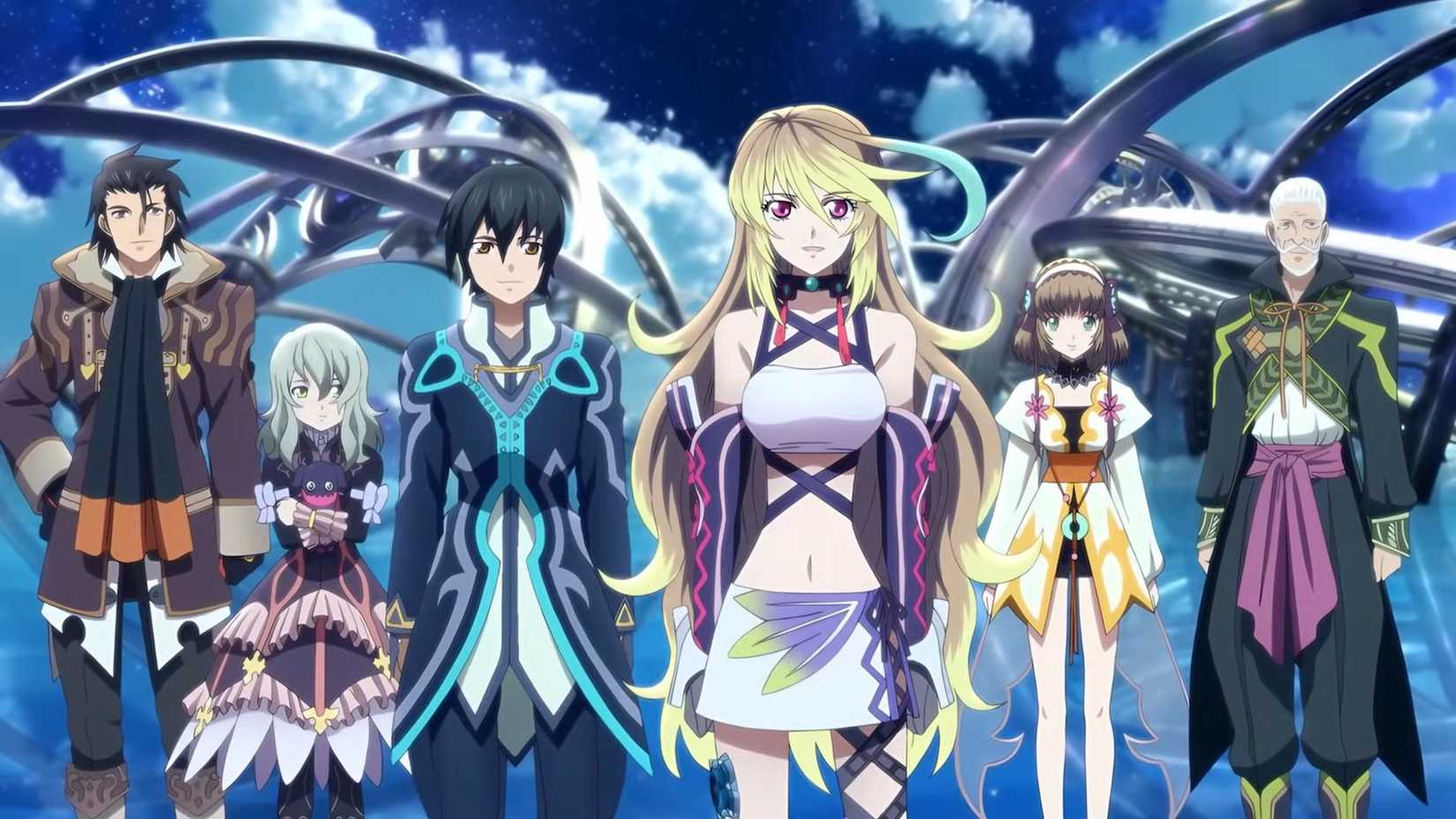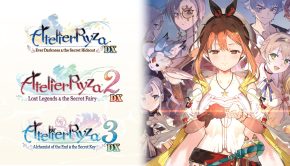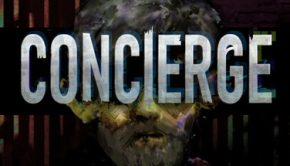Tales of Xillia Remastered PC Review
Summary: Tales of Xillia is not perfect but it remains a deeply enjoyable and emotionally resonant JRPG. Its heartfelt storytelling, strong character development, and exciting combat continue to define what fans cherish about the Tales of series.
3.8
A Tale of Destiny
While being part of one of the most underrated franchises, Tales of Xillia has been a longtime fan-favorite title in the series, and Bandai Namco has answered many fans’ prayers by finally bringing it out of the jail that was its initial platform. Originally released back in 2011 for the PlayStation 3, the game features several elements that JRPG players will enjoy, but the remaster takes the experience up a notch in many ways.
The game’s story takes place in Rieze Maxia, a world where humans and spirits coexist through the shared energy of mana. It begins when Milla Maxwell, the Lord of Spirits, investigates a military facility exploiting spirits and crosses paths with Jude Mathis, an idealistic medical student. Shortly after meeting each other and confronting one of the culprits exploiting spirits, they are then falsely accused of terrorism. Drawn into her mission, Jude joins Milla on a journey with a diverse group of allies, each with distinct motives. Together, they confront Gaius, the ruler of Auj Oule, whose plan to unite Rieze Maxia by force threatens the balance of their world. The story of the game is engaging in many ways and is still enjoyable over a decade later. Players can choose to play as either Jude or Millia as the protagonist, with slight variations in their respective storylines.

Jude and Milla are compelling leads with different personalities that offer humorous and interesting dialogue. Supporting characters such as Alvin, the charismatic mercenary, the cute and shy Elize and her bizzare stuffed toy Peepo, and Leia, Jude’s spirited childhood friend, provide levity and balance through their humor and heartfelt interactions. The game’s signature skit system adds further depth and is charming, well-animated, and helps humanize the cast in ways few JRPGs manage to achieve.
Tales of Xillia’s combat system centers on the Dual Raid Linear Motion Battle System. This mechanic allows two characters to link together, combining their abilities for synchronized attacks and shared support skills. Each character offers a distinct fighting style and weapon type, adding variety and strategy to the combat. Battles are fast-paced and visually engaging, with crisp animations that feel even smoother in the remaster. Boss encounters are particularly memorable, demanding quick reflexes and tactical thinking.

Regardless, the game has several faults. The story’s second half feels rushed, with major plot events and character arcs receiving little buildup or resolution. The enemy variety is limited, and the difficulty spikes can feel unfair, forcing grinding rather than rewarding skill. Visually, even with the remaster, Tales of Xillia’s character models are a step down from Tales of Vesperia, with flatter textures, bland environments, and occasionally stiff character animations. Finally, the English voice acting and localization are uneven, with awkward delivery in some scenes and inconsistent tone, which can pull players out of emotional moments.
However, the remastered version introduces numerous quality-of-life enhancements that significantly improve the overall experience. An autosave feature prevents unnecessary setbacks, while the new dash ability increases exploration speed and fluidity. Players can also toggle random encounters and skip dialogue, skits, and cutscenes. These adjustments address one of the original game’s biggest criticisms regarding pacing and accessibility. Furthermore, early access to shops and additional starting funds make progression smoother. The inclusion of the original Japanese voice track, featuring excellent performances, is another welcome addition that broadens the game’s appeal for longtime fans and newcomers alike.

Visually, Tales of Xillia Remastered benefits from an enhanced presentation. The cel-shaded character models are sharper and more expressive, and the hand-drawn animated cutscenes now appear in high definition. The art direction continues to shine with its vibrant color palette and crisp, well-designed elements. While certain areas still feel sparse by modern standards, the visual upgrade brings enough polish to make the game feel refreshed without losing its original charm.
Performance-wise, the PC version of Tales of Xillia Remastered is the best way to play the game’s newest release. The runs smoothly at a maximum of 120FPS and high levels of graphical detail. Unfortunately the game also doesn’t have many PC features seen in modern games such as ultrawide support or DLSS, but admittedly don’t need them, due to it being a remaster of an old game.
Final Thoughts?
In summary, Tales of Xillia is not perfect, but it remains a deeply enjoyable and emotionally resonant JRPG. Its heartfelt storytelling, strong character development, and exciting combat continue to define what fans cherish about the Tales of series. While a few rough edges persist, the remaster successfully modernizes a classic, ensuring that both returning players and newcomers can appreciate its timeless qualities. Over a decade later, Tales of Xillia remains a testament to the enduring charm of traditional Japanese role-playing games.







